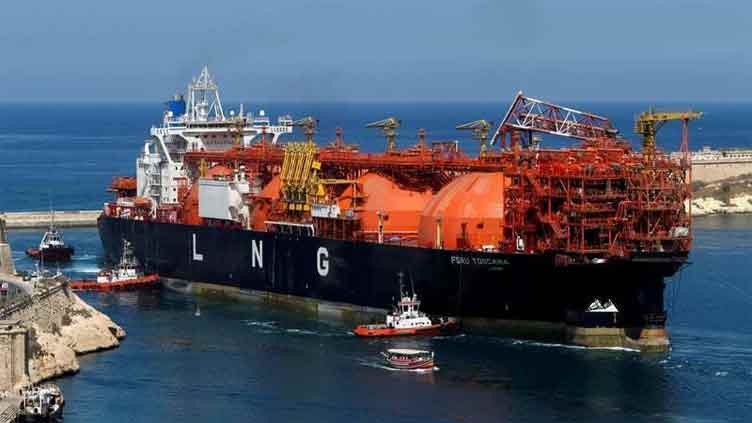Rupee depreciation means LNG is a costlier source of power generation

Business
PTI govt had avoided the lucrative option of long-term deals when prices slumped during pandemic
LAHORE (Web Desk) – How to juggle the energy mix has certainly become a Chinese puzzle after the price liquefied natural gas (LNG) – once considered a solution to many problems faced by Pakistan – skyrocketed thanks to the Ukraine conflict but the weaker rupee is making the situation even worse.
The result is obvious – the higher prices of imported LNG means the electricity produced by the RLNG-fired power plants is costliest in the country right now – Rs51.42 per unit – followed furnace oil Rs48.56, says the National Electric Power Regulatory Authority (Nepra) in its projections.
However, it is not that simple as the figures only show the end results, not the actions of political decision makers and when they were taken.
During the Covid pandemic, the energy prices in global markets had slumped but the then PTI government had refused to enter into long-term deals despite some attractive offers and decided to focus on spot purchasing.
Hence, the country suffered after the Ukraine war disrupted the oil and gas supplies due to the sanctions imposed on Russia as the developed countries rushed to secure their energy needs, pushing the prices to the new highs.
Meanwhile, the story of expensive electricity is a much complex subject and has another layer. The LNG prices are down now but, unfortunately, the rupee depreciation means that the import bill had increased, meaning both the government and the consumers can’t do anything if the slide in the rupee isn’t checked.
In simple words, the LNG wouldn’t have been costliest source of power generation if the local currency was stronger – the more it sheds its value the higher price of imported items becomes, which is LNG in this case.

